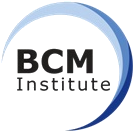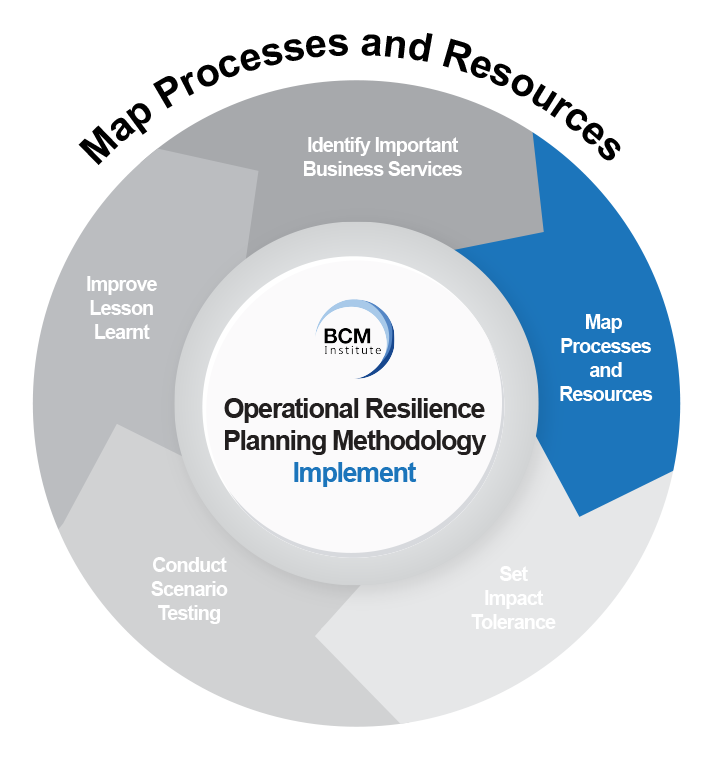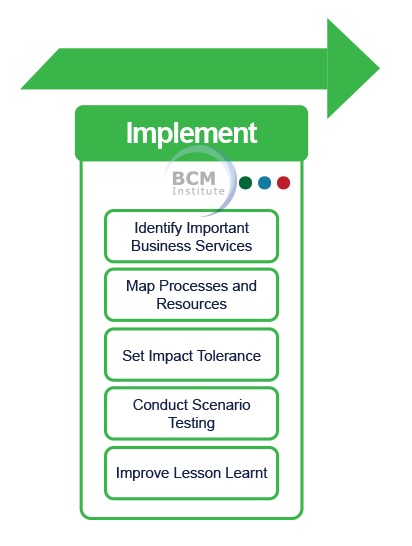ORA [Plan] Questionnaires: Assess the Capability and Maturity
Assessing the Capability and Maturity

 This section is the "Plan" phase of the Operational Resilience Planning Methodology. It is the first stage of the Plan phase: Assessing the Capability and Maturity.
This section is the "Plan" phase of the Operational Resilience Planning Methodology. It is the first stage of the Plan phase: Assessing the Capability and Maturity.
Audit Checklist for Assessing the Capability and Maturity
|
 Has a desired future state for the operational resilience program been defined?
Has a desired future state for the operational resilience program been defined?- Are there specific objectives and targets for each component of the program?
- Is the desired future state aligned with regulatory requirements and industry best practices?
- Are the resources and capabilities required for achieving the desired future state identified?
- Has a roadmap or action plan been developed to bridge the gap between the current and desired future state?
-
Verify the completion of a risk assessment specifically focused on the gap analysis process.
- Evaluate the methodology used for prioritizing the identified risks.
- Assess the effectiveness and feasibility of the mitigation strategies developed for each risk.
- Review the allocation of resources and efforts based on =risk prioritization.
- Confirm the review and approval of the risk assessment and prioritization by appropriate stakeholders.
 Has a comprehensive BIA been conducted to identify critical business processes, dependencies, and their impact on the organization?
Has a comprehensive BIA been conducted to identify critical business processes, dependencies, and their impact on the organization?- Are each critical process clearly defined recovery time objectives (RTOs) and recovery point objectives (RPOs)?
- Has the BIA identified and assessed the potential financial, operational, reputational, and regulatory impacts of disruptions to critical processes?
- Are there documented strategies and plans to mitigate the identified risks and ensure timely recovery?
Note: The Identification and Review of Critical Business Services are discussed in the "Implement" phase of the planning methodology. Click the icon above to learn more.
-
Review the documentation of the BIA process, including its objectives and scope.
- Evaluate the accuracy and completeness of critical process identification and dependency mapping.
- Assess the identification and documentation of RTOs and RPOs for each critical process.
- Verify including financial, operational, reputational, and regulatory impact assessments in the BIA.
- Review the mitigation strategies and recovery plans developed based on the BIA findings.
- Has a risk assessment been conducted to identify and evaluate potential threats and vulnerabilities to the operational resilience program?
- Are there documented processes to identify, assess, and prioritize risks?
- Has the likelihood and potential impact of identified risks been analyzed?
- Are risk mitigation strategies and controls in place to address identified risks?
- Is there a process for regularly reviewing and updating the risk assessment?
- Is there a comprehensive process in place to assess and manage the risks associated with vendors and third-party service providers
- Are there documented criteria for selecting vendors and conducting due diligence?
- Is there a mechanism to monitor and ensure the ongoing compliance of vendors with operational resilience requirements?
- Are contingency plans and alternate arrangements in case of disruptions from vendors or third-party service providers?
- Are there processes to periodically review and assess the effectiveness of vendor and third-party management practices?
- Review the documented vendor and third-party management processes and procedures.
- Evaluate the criteria used for vendor selection and due diligence.
- Assess the effectiveness of ongoing monitoring and compliance management mechanisms.
- Verify the existence of contingency plans and alternate arrangements for vendor disruptions.
- Determine if periodic reviews and assessments of vendor and third-party management practices exist.
![OR [Sustain] Questionnaires: Implement Training and Awareness](https://no-cache.hubspot.com/cta/default/3893111/f9696683-cec5-4914-ac3b-48962d7f5f9e.png) Is there a training program in place to educate employees about operational resilience policies, procedures, and best practices?
Is there a training program in place to educate employees about operational resilience policies, procedures, and best practices?- Are employees aware of their roles and responsibilities regarding operational resilience?
- Are there regular communication and awareness campaigns to promote a culture of operational resilience?
- Are training programs periodically updated to reflect changes in operational resilience requirements?
- Is there a mechanism to track and monitor employee completion of required operational resilience training?
Do note that some steps may overlap or appear similar in the other stages of the OR planning phases. If this occurs, the questionnaires and checklists must be contextualised to the topic under review.
|
Questionnaires and Checklist "Plan" Phase |
Assess Capability and Maturity | Analyse Gap |
Develop Strategy Roadmap |
Confirm Risk Appetite |
Develop and Embed Governance |
 |
 |
 |
 |
 |
 |

















![Email to Sales Team [BCM Institute]](https://no-cache.hubspot.com/cta/default/3893111/3c53daeb-2836-4843-b0e0-645baee2ab9e.png)













